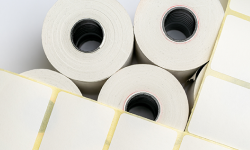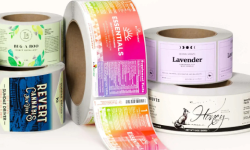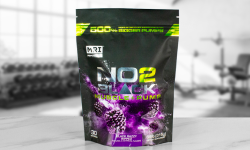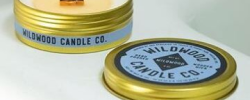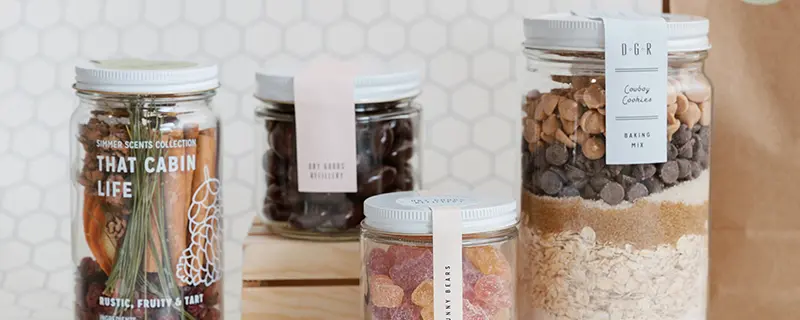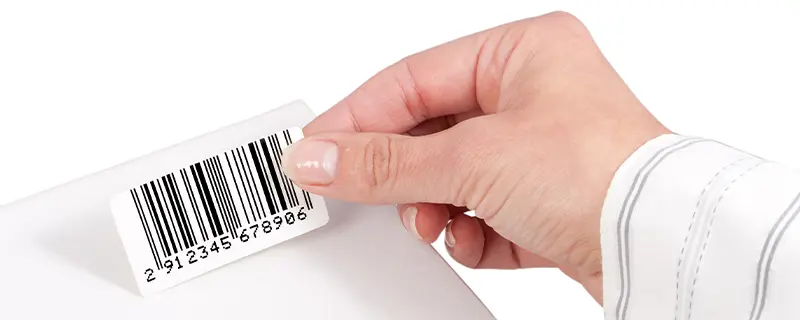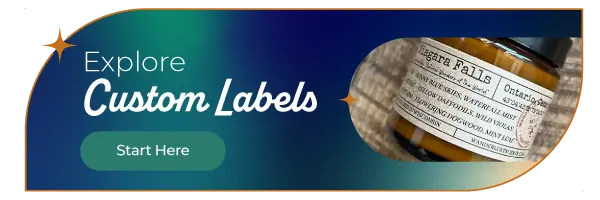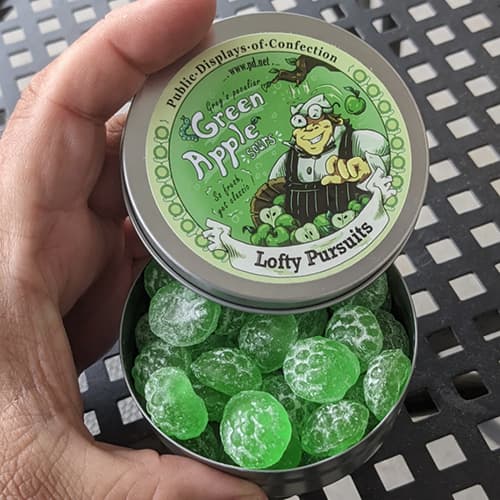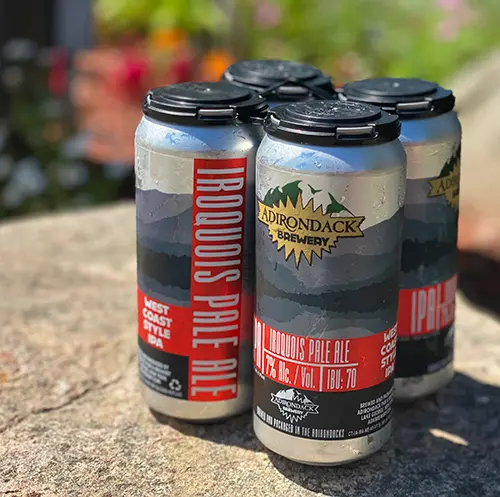When it comes to product labels, there’s no one-size-fits-all solution. Each product requires a unique approach to labeling, influenced by factors such as container shape, design preferences, and regulatory needs.
Understanding these elements can help you make informed decisions, ensuring your labels are both attractive and compliant.
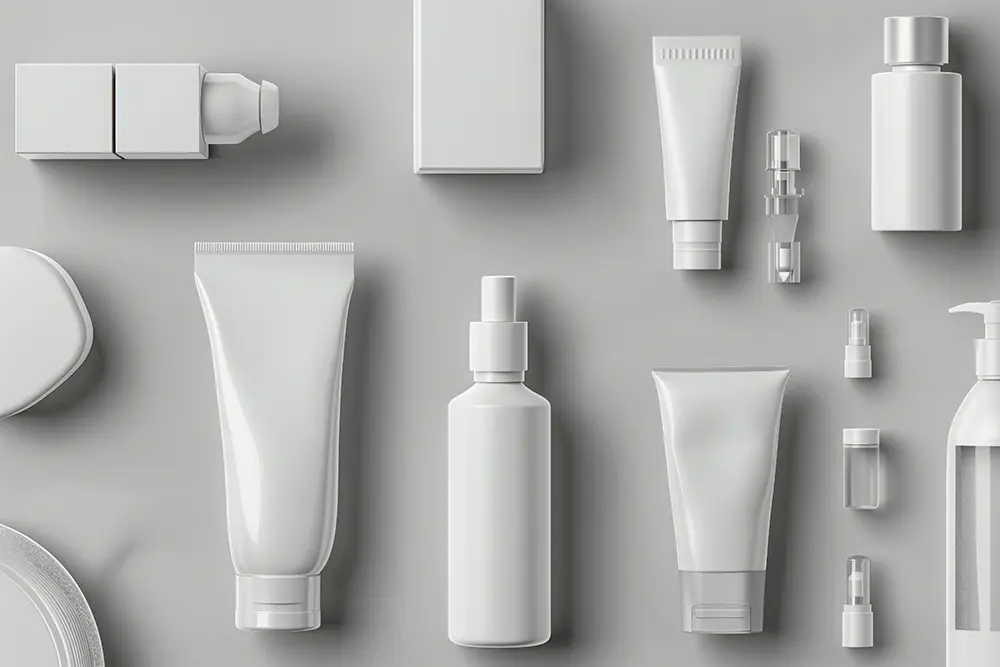
Understanding the Basics of Label Sizes and Shapes
Label sizes and shapes are influenced by the type of product and the container it’s housed in. Whether you're labeling beer bottles, wine bottles, candles, cosmetics, or healthcare products, knowing the appropriate sizes and shapes can boost your product's presentation. Our Custom Label Size Guide can help you get started, with a free printable ruler and example templates to help you determine your perfect size and shape.
